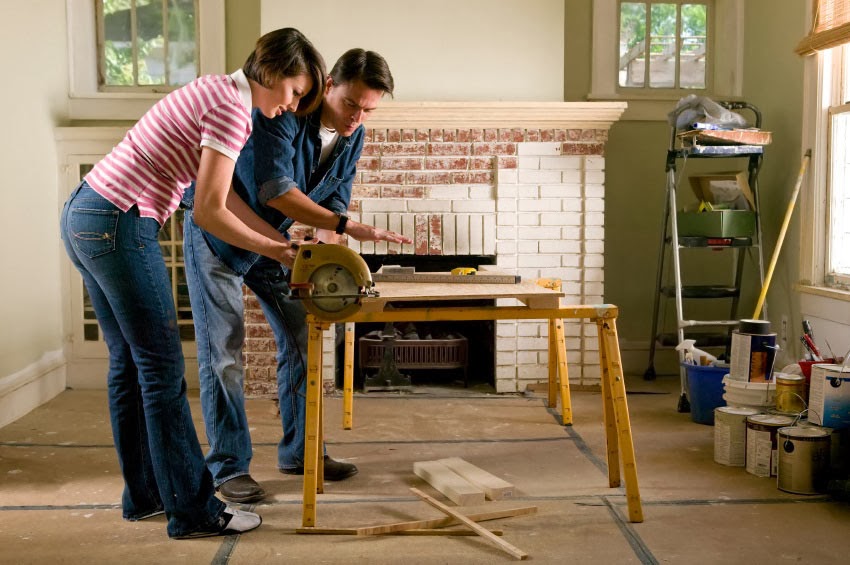The idea of buying a fixer-upper and turning it into your dream abode can seem so perfect — every nook and cranny just to your specifications! The reality, however, can be harsh. When you realize how much it will cost to remodel, you often also realize that you can’t afford it. Or you find out that a lender won’t give you a loan because the home is considered “uninhabitable” as it is. That’s where an FHA 203k loan comes in.
An FHA 203k loan is a loan backed by the federal government and given to buyers who want to buy a damaged or older home and do repairs on it. Here’s how it works: Let’s say you want to buy a home that needs a brand-new bathroom and kitchen. An FHA 203k lender would then give you the money to buy (or refinance) the house plus the money to do the necessary renovations to the kitchen and bathroom.
Often the loan will also include: 1) an up to 20 percent “contingency reserve” so that you will have the funds to complete the remodel in the event it ends up costing more than the estimates suggested and/or 2) a provision that gives you up to about six months of mortgage payments so you can live elsewhere while you’re remodeling, but still pay the mortgage payments on the new home.
Which Repairs Qualify?
There are two main types of FHA 203k mortgage loans. The first is the regular 203k, which is given for properties that need structural repairs such as a new roof or a room addition; the second is the streamlined 203k, which is given for non-structural repairs such as painting and new appliances.
Among the other repairs that an FHA 203k will cover: decks, patios, bathroom and kitchen remodels, flooring, plumbing, new siding, additions to the home such as a second story, and heating and air conditioning systems. The program will not cover so-called “luxury” improvements such as adding a tennis court or pool to the property.
How Much Money Can You Get?
The maximum amount of money a lender will give you under an FHA 203k depends on the type of loan you get (regular vs. streamlined). With a regular FHA 203k, the maximum amount you can get is the lesser of these two amounts: 1) the as-is value of the property plus repair costs, or 2) 110 percent of the estimated value of the property once you do the repairs. With a
streamlined loan, you can get a loan for the purchase price of the home plus up to $35,000. To determine the as-is value of the property or the estimated value of the property post-repair, you may need to have an appraisal done. You will be required to put down 3.5 percent, but the money can come from a family member, employer or charitable organization.
What Kinds of Properties Qualify?
Qualifying homes include: a one- to four-family home that has been completed for a least a year; a home that has been torn down, provided that some of the existing foundation is still in place; a home that you want to move to a new location. The home cannot be a co-op, but some condos are eligible.
Your property will also have to qualify under the usual
FHA requirements. For example, its value cannot exceed a certain maximum amount, which depends on where you live.
What Are the Pros and Cons of These Loans?
The main benefit of these loans is that they give you the ability to buy a home in need of repairs that you might not otherwise have been able to afford to buy. Plus, the down payment requirements are minimal, and often you get decent interest rates (note that the interest rates and discount points will vary by 203k lender, so it’s important to make sure that you’re getting a good deal on the loan).
The downsides are that not all properties qualify, there are limits on the funding you can get and applying for the loan isn’t easy. For example, to apply for the loan you may need to hire an independent consultant to prepare the exhibits required (to get the loan, you have to provide a detailed proposal of the work you want to do and cost estimates for each item).
Get more information on 203k loans.
